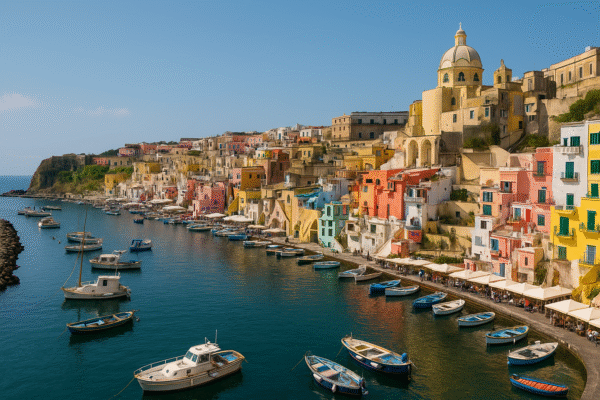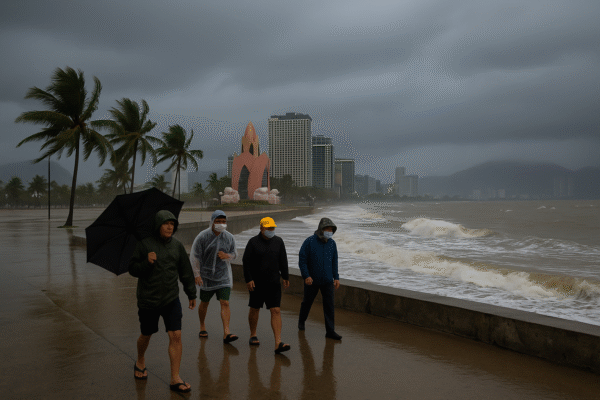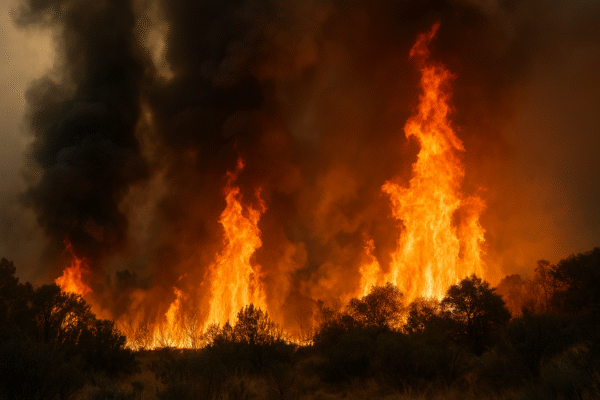Visitors to Northern California’s Napa Valley and Central Oregon’s Sisters region are being urged to reconsider travel plans as two aggressive wildfires reach alarming scales. The Pickett Fire near Calistoga has advanced rapidly, while the Flat Fire near Sisters has become a significant threat—both fires now rank among the most serious blazes currently burning in the United States.
Pickett Fire: Napa Valley Under Siege
The Pickett Fire ignited on August 21, 2025, in the steep and rugged terrain east of Calistoga, quickly expanding through dry brush and forested slopes. By August 24, the blaze had consumed approximately 6,803 acres—equivalent to over 10 square miles—and remained only 11% contained.
In response, Napa County declared a state of emergency, mobilizing over 1,000 firefighters, helicopters, engines, water tenders, and air tankers to battle the flames. Evacuation orders were issued for about 190 residents, with an additional 360 people under evacuation warnings. Remarkably, no structures have been lost to the blaze so far.
Smoke from the fire has degraded air quality across Napa, Sonoma, and Solano counties, prompting public health advisories urging residents and visitors to minimize outdoor activity.
Although containment efforts have received a boost from cooler mid‑week temperatures, the region remains at risk—especially as steep, remote terrain hinders containment lines.
Flat Fire: Central Oregon’s Growing Threat
In Central Oregon, the Flat Fire erupted on August 21, 2025, northeast of Sisters in Deschutes County. By August 24, it had scorched nearly 22,000 acres, with zero containment reported.
Evacuations and warnings now affect nearly 4,000 homes, with around 1,000 residences under Level 3 “Go Now” orders, indicating the highest urgency. Fire crews are mounting a round‑the‑clock effort, establishing firebreaks using bulldozers, hand crews, and aerial support.
Smoke has significantly degraded air quality in surrounding areas, leading to alerts and even temporary restrictions on flights and drone activity due to poor visibility.
Tourism Impact & Safety Guidance
These active wildfires pose serious concerns for tourism:
- Alcohol tourism and winery visits in Napa Valley are being interrupted. Travelers should confirm plans, expect road closures, and heed evacuation directives.
- Nature tourism and rafting or outdoor activities near Sisters, Oregon, are heavily impacted. Limited visibility and wildfire risk make current conditions unsafe.
Visitor safety tips:
- Check official sources like Cal Fire and local emergency pages for the latest fire and evacuation updates.
- Avoid travel to affected zones—delayed detours or closures may be in place.
- Monitor air quality advisories—use protective masks if outdoor exposure is necessary.
- Have contingency plans for lodging, transport, or health emergencies.
- Support local responders—highlight local news or community bulletins, and consider contributing to relief efforts.
Broader Context: Climate & Wildfire Trends
Both fires underscore a sobering reality: extreme heat, drought, and dry fuel—conditions intensified by climate change—are heightening wildfire frequency and severity in the Western U.S.
Communities are urged to reinforce wildfire preparedness and resilience. Visitors must remain adaptable, vigilant, and responsive to evolving landscapes and safety guidance.
Summary Table
| Wildfire | Area Burned | Containment | Evacuations | Key Tourism Impact |
|---|---|---|---|---|
| Pickett Fire | ~6,800 acres | 11% | 190 under orders, 360 warnings | Napa wineries and air quality issues |
| Flat Fire | ~22,000 acres | 0% | ~4,000 homes, 1,000 “Go Now” | Outdoor activities near Sisters, OR |
These wildfires are a stark reminder of the growing wildfire threat to communities and the travel industry. Travelers planning trips to Northern California or Central Oregon should remain informed, flexible, and prioritize safety above all else.
For more travel news like this, keep reading Global Travel Wire

















